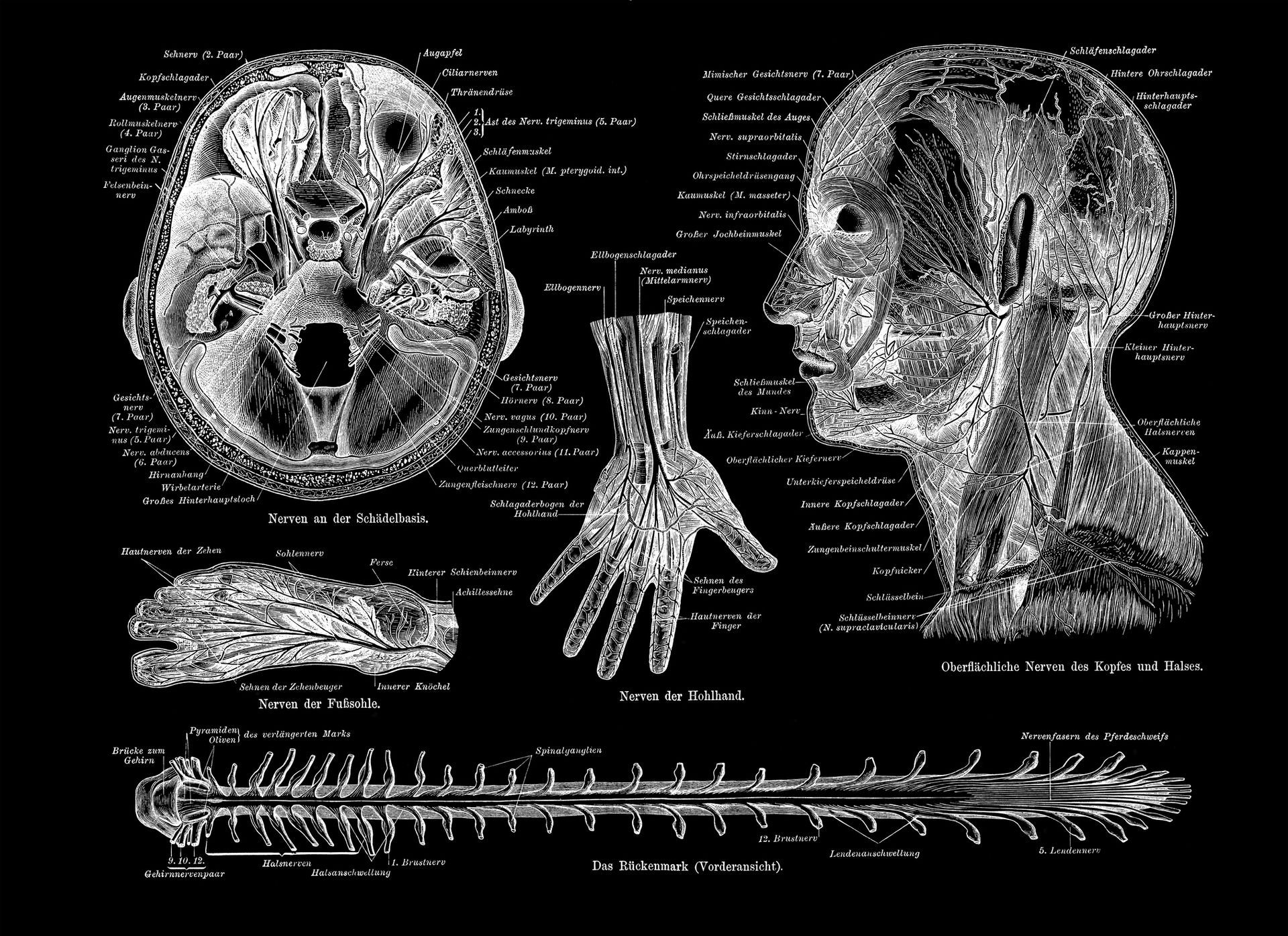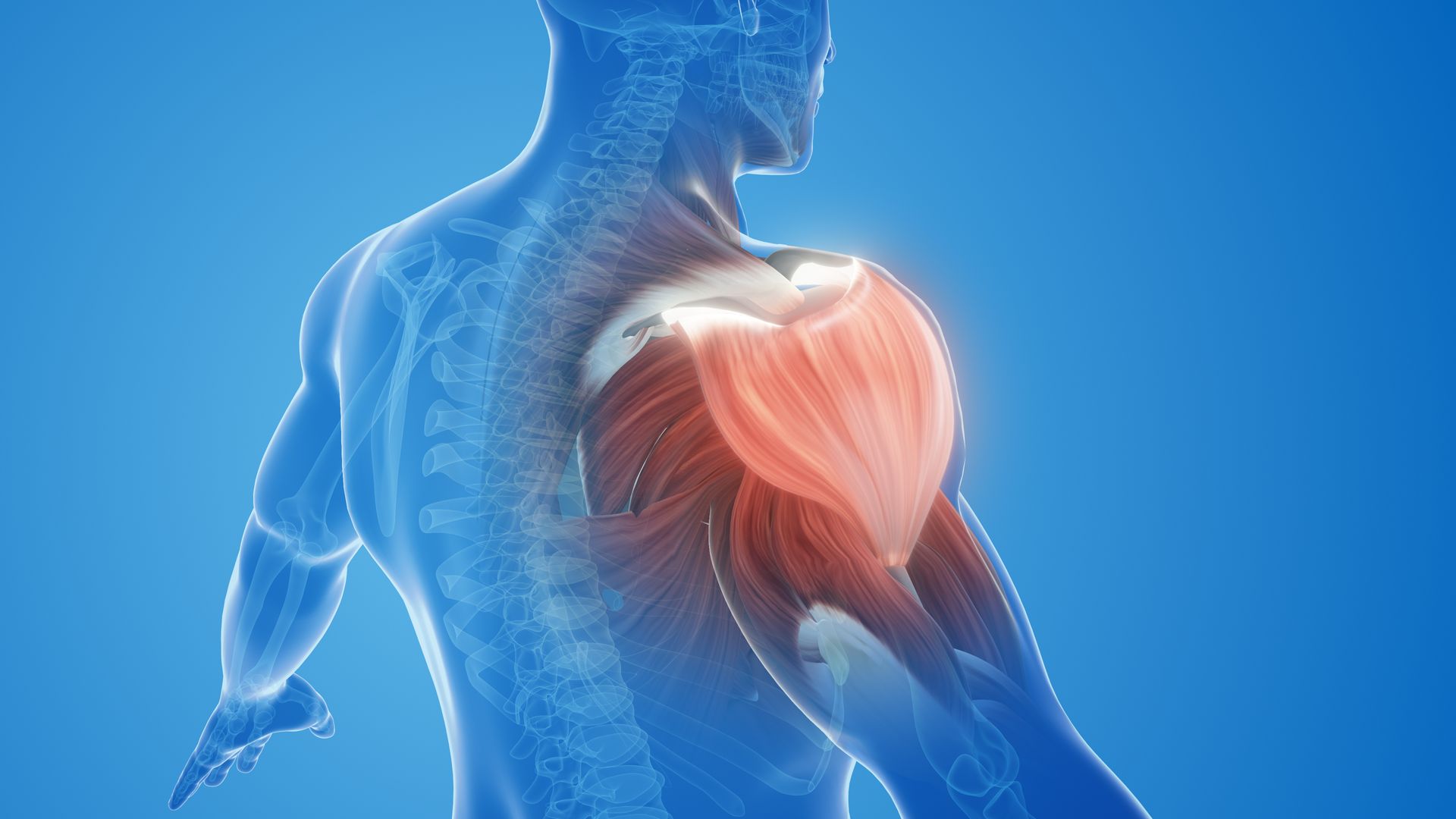A subluxation, or Vertebral Subluxation, occurs when one or more of the bones in your spine move out of position, creating pressure on or irritating spinal nerves. These nerves, which come from between each vertebra, can malfunction due to this pressure, affecting the signals they carry.
Comprehensive Chiropractic Care
At Coleman Chiropractic Clinic, we offer various chiropractic services designed to address multiple health issues. We aim to help you achieve optimal health through natural, non-invasive methods.
Understanding the Vertebral Subluxation Complex
Subluxations involve multiple changes in your body, often referred to as the Vertebral Subluxation Complex (VSC). This complex consists of various components occurring simultaneously in your spine and throughout your body.
The Importance of Addressing Subluxations
Chiropractors have recognized the dangers of subluxations for over a century, with increasing scientific evidence supporting the health benefits of correcting them. Ensuring your nervous system functions without interference from subluxations is crucial for optimal health. Chiropractors are uniquely trained to detect, locate, and correct the VSC, aiming to restore your body's highest health potential.
Subluxation Degeneration
This is a representation of one type of subluxation. A subluxation, as defined by the Association of Chiropractic Colleges is: "A subluxation is a complex of functional and/or structural and/or pathological articular changes that compromise neural integrity and may influence organ system function and general health." When a subluxation occurs it causes nerve interference in some portion of the body affected by those nerves. The subluxation causes changes to the structure as well as the nerves. These changes get progressively worse as time is allowed to work on the subluxated area of the spine. These changes take the form of ongoing degeneration known as "subluxation degeneration". By understanding the type and amount of changes, it is possible to reasonably estimate the time subluxations have been present in a spine. Having this information is useful in understanding the time and effort needed for correction.
Near-Normal Spine X-Ray
This side x-ray view shows the neck from the right. We'll call this a "near-normal" spine. Notice the forward curve of the neck, which helps absorb shock. The disc spaces between C2 and C7 are thick and even, and the vertebrae bodies are square with clear borders—indicating a normal arrangement. Similar characteristics are found in a healthy spine. Uncorrected subluxations can damage spinal structure, affect nerve function, and cause various health issues.
Phase One - Subluxation Degeneration
Phase One Subluxation Degeneration is seen in subluxations that have been present for up to twenty years. This phase is characterized with a loss or change in the normal curve in the spine. On this example you can see that the normal forward (lordotic) curve is lost. This spine even has developed a reverse curve in the neck. The disc spaces have also begun to exhibit a slight change in shape. One good point is that the bodies of each of the vertebrae (the square part in front) still exhibits clean clear borders. Segmental motion may be abnormal but overall motion is probably not affected. Chiropractic reconstructive care for a phase one can take from 6 to 18 months. More than 80% of people with Phase One Subluxation Degeneration have no pain. Therefore, if left uncorrected, phase one continues to progress with time until it eventually reaches the next phase.
Phase Two - Subluxation Degeneration
Phase Two Subluxation Degeneration typically occurs after 20 to 40 years. It includes loss of normal curvature, altered segmental motion, and reduced range of motion. X-rays often show calcium buildup, known as spurs or arthritis, and narrowed disc spaces. Some patients may feel stiff or achy, though many have no symptoms. Chiropractic reconstructive care for this phase takes 1.5 to 2.5 years. If left uncorrected, it progresses to the next phase.
Phase Three - Subluxation Degeneration
Phase Three Subluxation Degeneration occurs after 40 to 65 years. This phase includes worsened abnormalities, reduced disc spaces, and significant calcium buildup. Vertebrae show mutations and calcium projections, or "spurs." Range of motion is often restricted, with noticeable symptoms. Chiropractic reconstructive care ranges from 2.5 to 3.5 years, but calcium changes may remain. If left unchecked, it progresses to the next phase.
Phase Four - Subluxation Degeneration
Phase Four Subluxation Degeneration occurs after over 65 years of uncorrected subluxations. This grave condition severely impacts longevity and quality of life, causing significant neurological damage. X-rays show severe structural changes, including massive calcium buildup, blurred disc spaces, and fused bones. Patients experience severe motion restrictions and other health issues. While reconstruction may not be possible, care can still reduce subluxations and improve quality of life. Despite the seriousness, many patients report significant symptom and mobility improvements.
Ready to take control of your health and wellness? Call Coleman Chiropractic Clinic at (318) 388-2215 to schedule your appointment today. Our team is here to provide you with the highest-quality chiropractic care in Monroe, LA.





